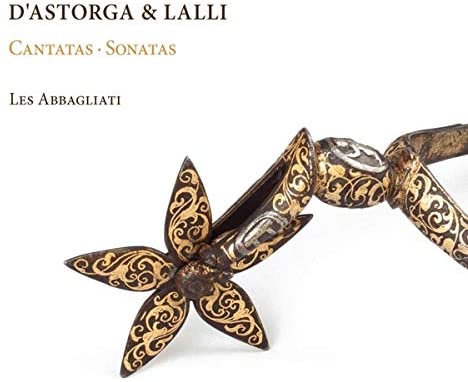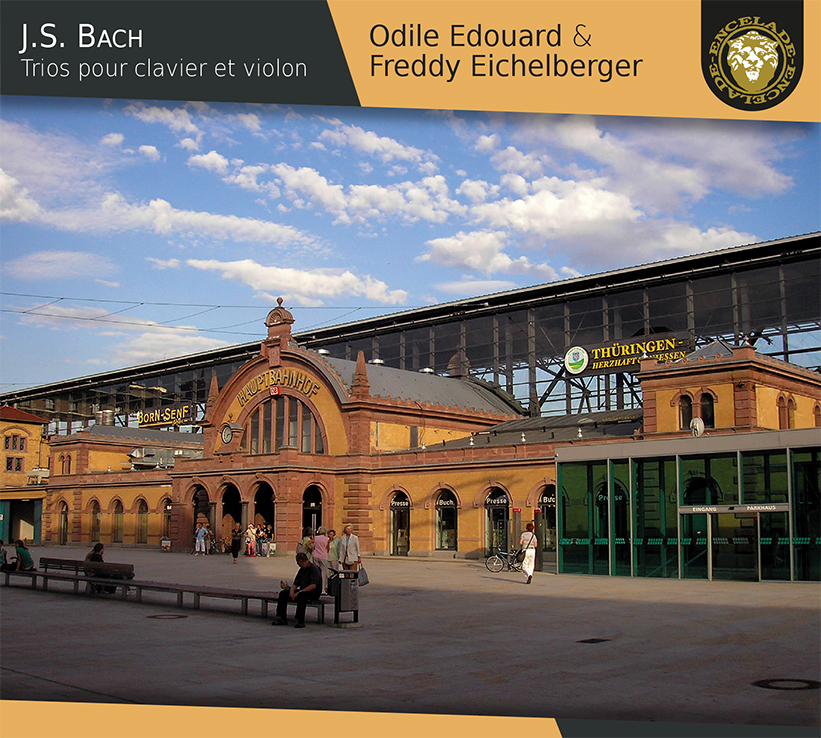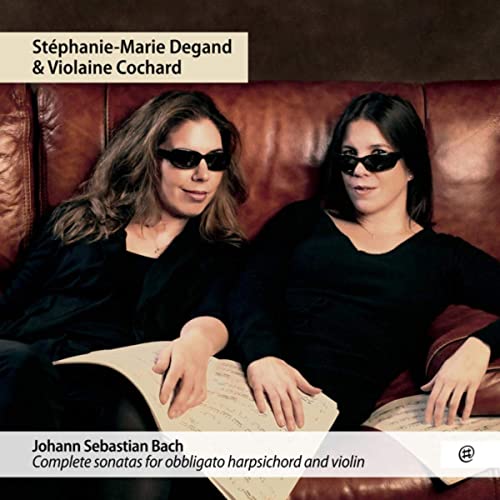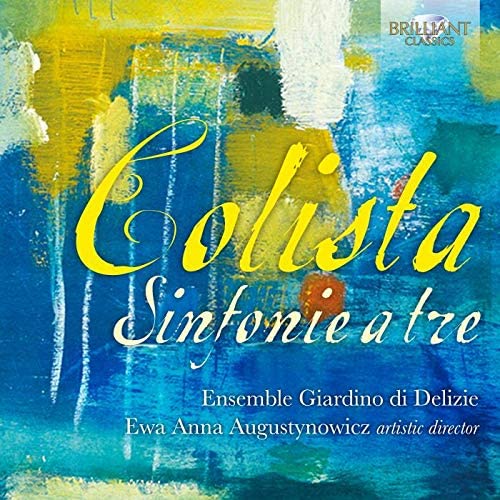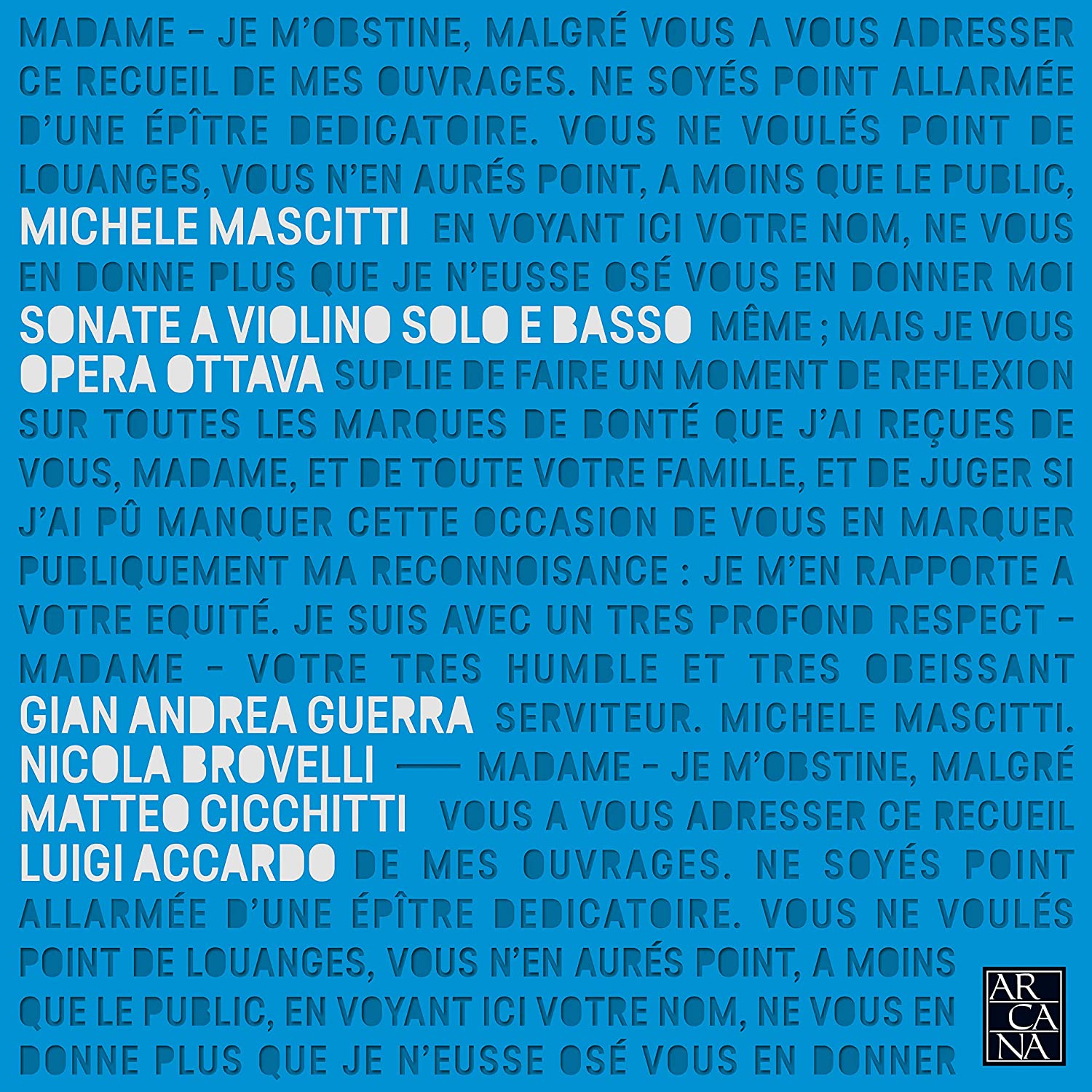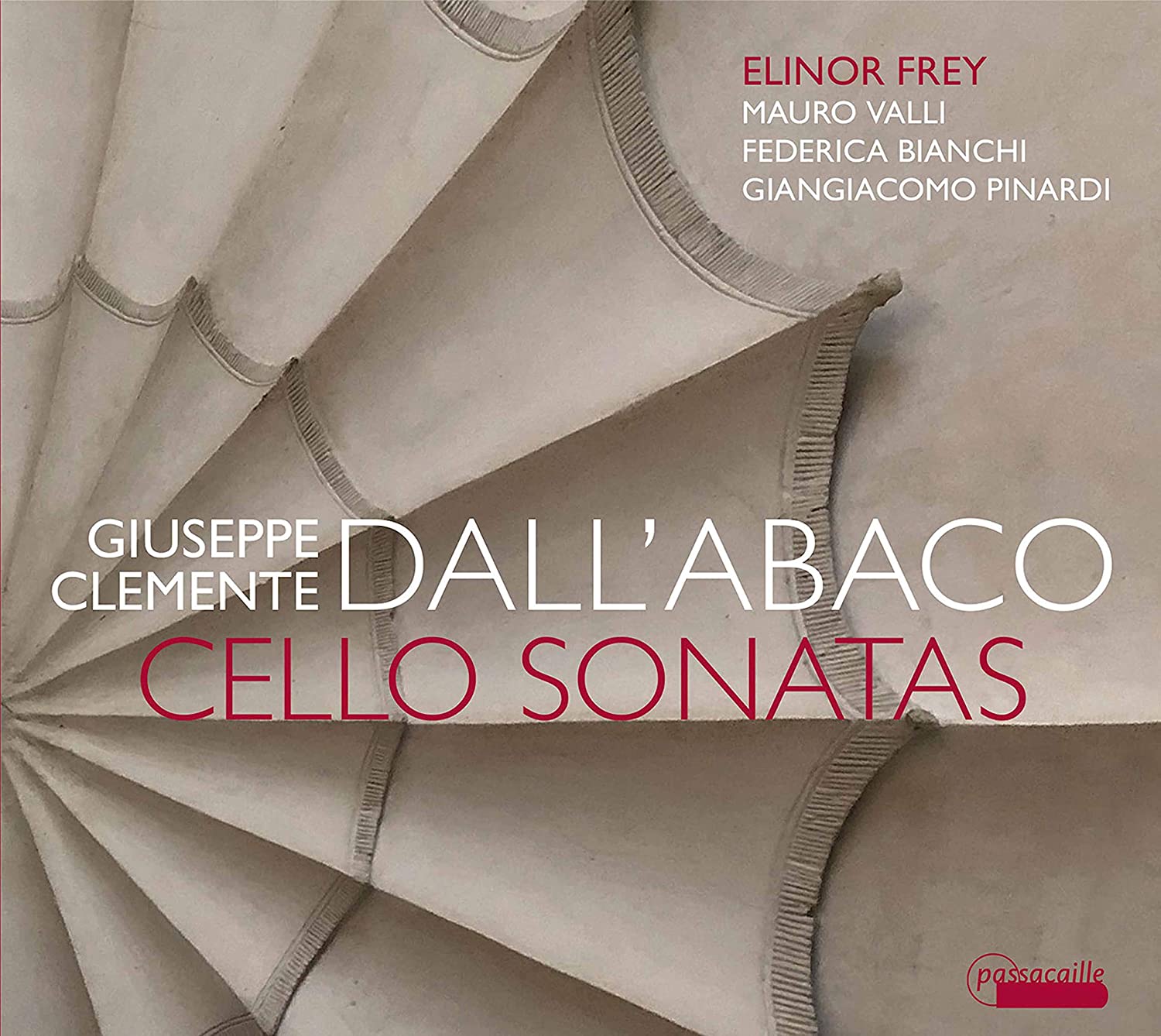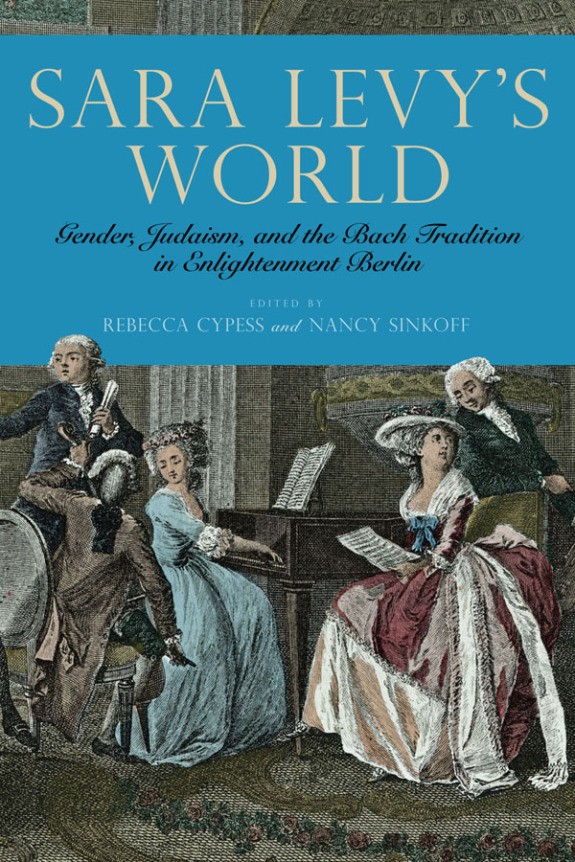Les Abbagliati
58:56
Ramée RAM1907
+G. Bononcini, Handel, Vivaldi
Click HERE to buy this on amazon.co.uk
The notes for this issue (by Ronan Kernoa, the cellist of the Belgian ensemble Les Abbagliata) open with a bizarre hypothetical account of an evening meeting in June 1731 of Bologna’s famous Accademia degli Invaghiti. Involved are Handel, the librettist Domenico Lalli and latter’s friend the Sicilian-born Baron d’Astorga (Gioacchino Cesare Rincòn), diplomat and composer. Given that Handel was in London in the summer of 1731 – he was involved with the revival of Acis and Galatea – that Lalli was at the time in the service of the Elector of Bavaria and that d’Astorga’s whereabouts at the time are unknown, the conceit seems rather pointlessly far-fetched, serving no purpose other than that of linking D’Astorga and Lalli to Handel.
Lalli and d’Astorga, exiled from Sicily in 1711, had met in Rome, thereafter pursuing flamboyant (and flamboyantly exaggerated) adventures across Italy and Spain. Whether or not Lalli was the author of the texts of the two cantatas by D’Astorga included here is unclear, though given their friendship it must be a reasonable supposition. Both follow the format of alternation of aria and recitative while conforming to the expected pastoral take on topics relating to the vicissitudes of love. Neither strike me as especially memorable, rather confirming Burney’s view that the cantatas of D’Astorga that he’d encountered, ‘did not fulfil the expectations excited by his high character and the composition of his elegant and refined Stabat Mater’ (D’Astorga’s best-known work). Certainly they fail to match the melodic invention or charm of Bononcini’s ‘Sento dentro del petto’, the third cantata on the CD, which is occupied with happier aspects of love. All three cantatas come from a volume found in the Austrian National Library in Vienna. They are sung by Les Abbagliati’s soprano Soetkin Elbers with warmth and a winning freshness. However although it is evident she has taken care with the texts, Elbers’s Italian enunciation is not sufficiently clearly articulated to point them in the way a native Italian might have been expected to do. Her ornamentation is discreet to the point of reticence and embellishments are too often tentatively approached.
The instrumental works further the tenuous connections the CD is so keen to cultivate in that they are by composers that all set librettos of Lalli, though in the case of Handel’s four-movement Concerto a quattro in D minor there is a rival bid for authorship in the shape of Telemann (TWV 43/d3). Scored for flute, violin, cello and harpsichord, it’s an agreeable work with a spirited final Allegro that would steer me toward putting my money on Telemann. After an over-deliberate opening Adagio with heavily accentuated rhythms, the performance is fine. Indisputable Handel comes in the shape of his Trio Sonata in D minor (HWV 386b), a splendid work made memorable by its exquisitely lovely Largo (iii) based on an aria of Keiser’s. Again the opening Andante comes across as a little studied, but otherwise the performance is well-balanced and capably played, as are the briefer offerings by Vivaldi, Handel and Alessandro Scarlatti.
Brian Robins
